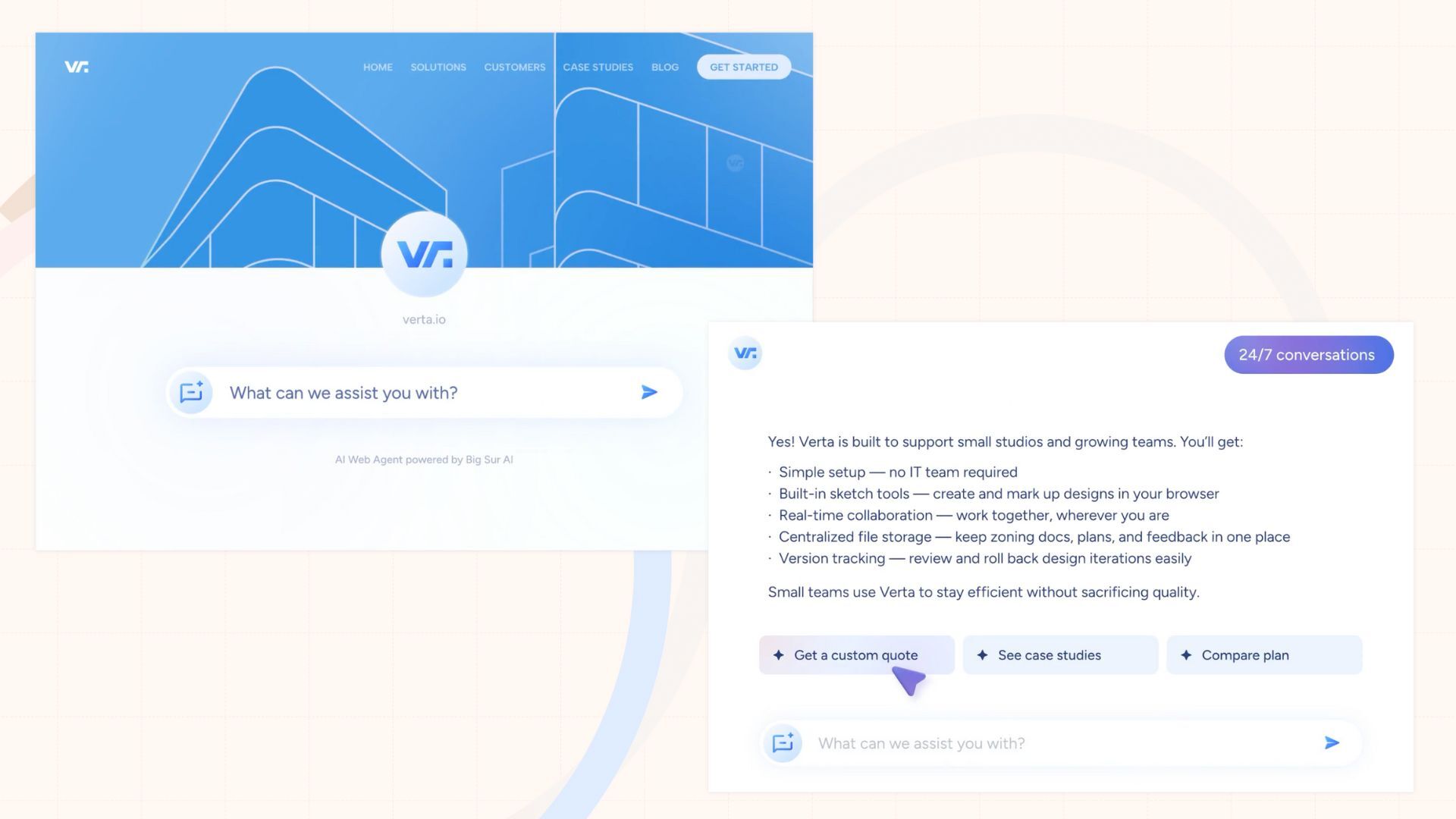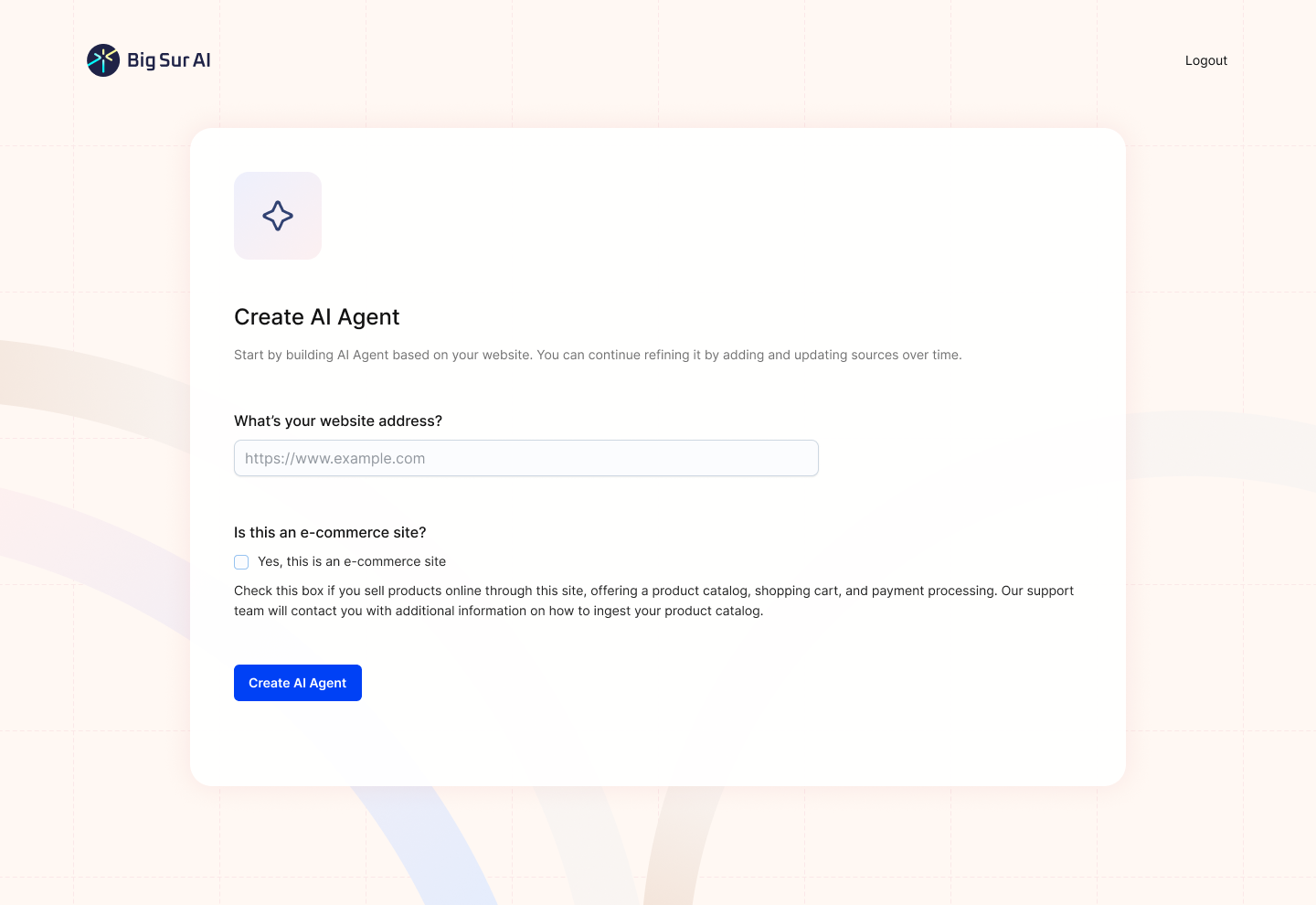30+ Customer Service Automation Statistics [2025]: Adoption, ROI, and Future Trends
The state of customer service automation in 2024–2025
Customer service automation is rapidly scaling. 80% of companies will adopt AI chatbots by 2025, 95% of AI users report major cost and time savings, and 70% of inquiries can be deflected with virtual assistants. Leaders are using these tools to boost productivity, improve resolution speed, and enhance customer satisfaction.
AI and automation are no longer experimental tools. Companies are now using automation not just to handle high volumes of simple requests, but to boost agent productivity, deliver faster resolutions, and improve customer satisfaction.
This report brings together the most up-to-date and credible statistics on adoption rates, performance impact, customer preferences, and what the next few years will likely bring. Whether you are a support leader, operations manager, or CX strategist, the numbers below can help guide where to invest, what to prioritize, and how to measure success.
Stats at a glance
80%
of companies will adopt AI chatbots by 2025
95%
of AI users report major cost and time savings
70%
reduction in inquiry volumes with virtual assistants
83%
of service leaders increasing AI budgets next year
80%
of interactions expected to be resolved without humans
Overview table: key 2024–2025 customer service automation stats
| Plan | Best For | Key Strength | Drawbacks | Pricing |
|---|---|---|---|---|
| Generative AI pilots | Firms exploring next-gen automation | Transforms agent workflows with AI copilots and case summaries | Requires process redesign and agent training | Varies by vendor |
| Virtual customer assistants | High-volume, routine inquiry handling | 70%+ reduction in call, chat, and email volumes | Needs escalation workflows to avoid customer frustration | Often usage-based |
| Knowledge base automation | Businesses prioritizing self-service | Addresses 60–90% of basic queries instantly | Must keep content accurate and up to date | From free to enterprise |
| Contact center AI | Enterprises scaling agent productivity | 10–20% productivity gains, faster resolutions | Upfront integration and data cleanup required | Enterprise contracts |
| Full AI customer service suite | Companies aiming for end-to-end automation | Handles up to 80% of interactions without human agents | Risk of losing human touch if poorly implemented | Premium or custom |
Need an AI chatbot that converts website visitors?
Big Sur AI (that’s us 👋) is an AI-first chatbot assistant, personalization engine, and content marketer for websites.
Designed as AI-native from the ground up, our agents deliver deep personalization by syncing your website’s unique content and proprietary data in real time.
They interact naturally with visitors anywhere on your site, providing relevant, helpful answers that guide users toward their goals → whether that’s making a decision, finding information, or completing an action.

All you need to do is type in your URL, and your AI agent can be live in under 5 minutes ⤵️

Here’s what you have to do:
- Sign up on Big Sur AI's Hub (link here).
- Enter your website URL. Big Sur AI will automatically analyze your site content.
- Customize your AI agent. Set up specific AI actions and decide where the AI agent will appear on your site.
- Launch and monitor. Your AI agent will be live in minutes, and you can track performance with real-time analytics.
Try Big Sur AI on your site in minutes by clicking the image below 👇

Adoption and investment trends
TL;DR → Generative AI is no longer a test project. Most organizations are either scaling it now or budgeting for it in the next 12 months. If you are responsible for support operations, this is the time to secure budget, identify quick-win automation use cases, and build an internal playbook for deploying AI without disrupting service quality. The goal should be to make AI part of your standard operating model within the next two years.
- 80% of companies are using or planning to adopt AI-powered chatbots by 2025
- 85% of service leaders will explore or pilot generative AI in 2025
- 75% of companies plan to invest in automation technology in their contact centers
- 42% of contact centers plan to implement generative AI by 2025 (up from 15% today)
- 26% of service pros already use or experiment with AI in daily workflows
- 35% use AI specifically to improve agent efficiency
💡 Takeaway: Start with targeted pilots in areas like ticket triage, real-time agent suggestions, or automated call notes. Use these early wins to demonstrate measurable value to leadership. Document the processes, metrics, and lessons learned so you can scale quickly across other service channels without starting from scratch.
Data sources: Plivo, Clover Infotech, Zendesk, Sprinklr
Performance and efficiency gains
TL;DR → AI in customer service is proving its worth fast. It is cutting resolution times, reducing inquiry volumes, and freeing up agents for complex cases. If you manage a team, the priority should be identifying workflows where automation can both speed up response and improve quality, then rolling them out with clear metrics to track ROI.
- 95% of decision-makers using AI report major cost and time savings
- 92% say generative AI helps them deliver better service
- 83% plan to increase AI budgets in the next year
- 90% of CX leaders report a positive ROI from AI tools
- 79% of support agents say AI copilots improve service delivery
- Generative AI features like case summaries cut handling times by ~80%, boosting agent productivity 10–20%
- Virtual assistants can deflect up to 70% of call, chat, and email inquiries
💡 Takeaway: Prioritize AI use cases with a direct link to measurable business outcomes, like reducing average handle time or increasing first-contact resolution rates. Roll out these tools alongside agent training so staff understand how to use AI support effectively, and track both operational metrics and customer satisfaction to ensure gains are balanced.
Data sources: Salesforce, Zendesk, UsePylon, The Future of Commerce
Customer preferences and self-service
TL;DR → Customers are open to AI if it is fast, accurate, and easy to use. They are not forgiving when bots create friction or block access to humans. As a CX leader, this means designing automation that handles quick wins while making escalation effortless for complex issues.
- 61% prefer self-service for simple issues
- 77% say bad self-service is worse than none at all
- 92% would use an online knowledge base if well-designed
- Nearly 80% find AI bots helpful for basic issues
- 64% would prefer no AI in service at all, fearing loss of human touch
- 60% worry AI will make reaching a human harder
💡 Takeaway: Map your service flows to identify where self-service can handle the majority of cases within two minutes. Always provide a clear and immediate option to speak to a human when needed. Use bot analytics to spot where customers drop off or escalate, and refine those flows to improve containment rates without sacrificing satisfaction.
Data sources: UsePylon, Zendesk, The Future of Commerce
Future outlook
TL;DR → AI will soon handle most customer interactions, which means service teams must evolve into hybrid operations that combine automated scale with human empathy. If you plan ahead, this transition can increase capacity, reduce costs, and improve customer outcomes. If you wait, you risk scrambling to catch up while competitors redefine customer expectations.
- 75% of CX leaders expect that 80% of interactions will be resolved without humans in the next few years
- Gartner projects that by 2026, 20–30% of service agents will be replaced by generative AI while creating new tech-focused roles to support it
- 70% of CX leaders plan to integrate generative AI across many touchpoints within two years
- By 2025, 80% of service organizations will use generative AI to boost productivity and enhance customer experience
💡 Takeaway: Start building your hybrid support model now. Define which tasks AI should handle, which require human intervention, and how the two will work together. Invest in training agents to supervise AI, manage escalations, and handle high-empathy situations. This will position your team to thrive in an AI-driven service landscape rather than be disrupted by it.
Data sources: UsePylon, The Future of Commerce, Zendesk
Final thoughts
The statistics show clear momentum: adoption is climbing, ROI is evident, and customer expectations are evolving fast.
The next step for leaders is to move from curiosity to execution. Identify one or two automation projects that can deliver measurable results within 90 days, run them with a clear success framework, and use that momentum to expand.
Implementation roadmap
- Run an automation audit – Identify the top 10 high-volume, repetitive tasks in your service flow and measure their current handling times
- Select pilot use cases – Choose one or two tasks with high impact potential and low risk, such as password resets, order tracking, or appointment scheduling
- Integrate AI into workflows – Use your existing CRM, helpdesk, or contact center platform to embed AI tools without adding unnecessary system complexity
- Train and align teams – Ensure agents know how to collaborate with AI, including when to take over and how to verify AI-generated outputs
- Measure, refine, and expand – Track KPIs such as first-contact resolution rate, average handle time, and customer satisfaction. Use the data to optimize and roll out automation to more complex workflows
FAQ: Customer service automation 2024–2025
Q1: What is customer service automation? Customer service automation uses technology such as AI chatbots, virtual assistants, and automated workflows to handle support tasks without requiring human agents. It can manage simple inquiries, route tickets, suggest solutions to agents, and deflect repetitive requests, allowing human staff to focus on more complex, high-value issues.
Q2: How widely is AI used in customer service today? As of 2024, 80% of companies are already using or planning to adopt AI chatbots by 2025. In contact centers, 15% currently use generative AI, but 42% plan to implement it by 2025. Adoption is accelerating as organizations see measurable improvements in speed, cost reduction, and customer satisfaction.
Q3: What benefits does AI bring to customer service? AI can reduce inquiry volumes by up to 70%, cut handling times by about 80%, and increase agent productivity by 10–20%. These gains translate into faster resolutions, lower costs, and better customer experiences. AI also helps agents by providing real-time suggestions, automated summaries, and relevant knowledge base content.
Q4: Will AI replace human customer service agents? AI will handle more routine interactions, but human agents will still be essential for complex, high-empathy issues. Gartner projects that by 2026, 20–30% of customer service roles will be replaced by generative AI, while new tech-focused roles will be created to manage, train, and oversee these systems.
Q5: How should businesses start implementing AI in customer service? Begin with an audit to identify high-volume, repetitive tasks. Launch small pilot projects such as ticket triage or automated call summaries, measure performance, and expand to other workflows. Always maintain clear escalation paths to human agents to ensure customer trust and satisfaction.

